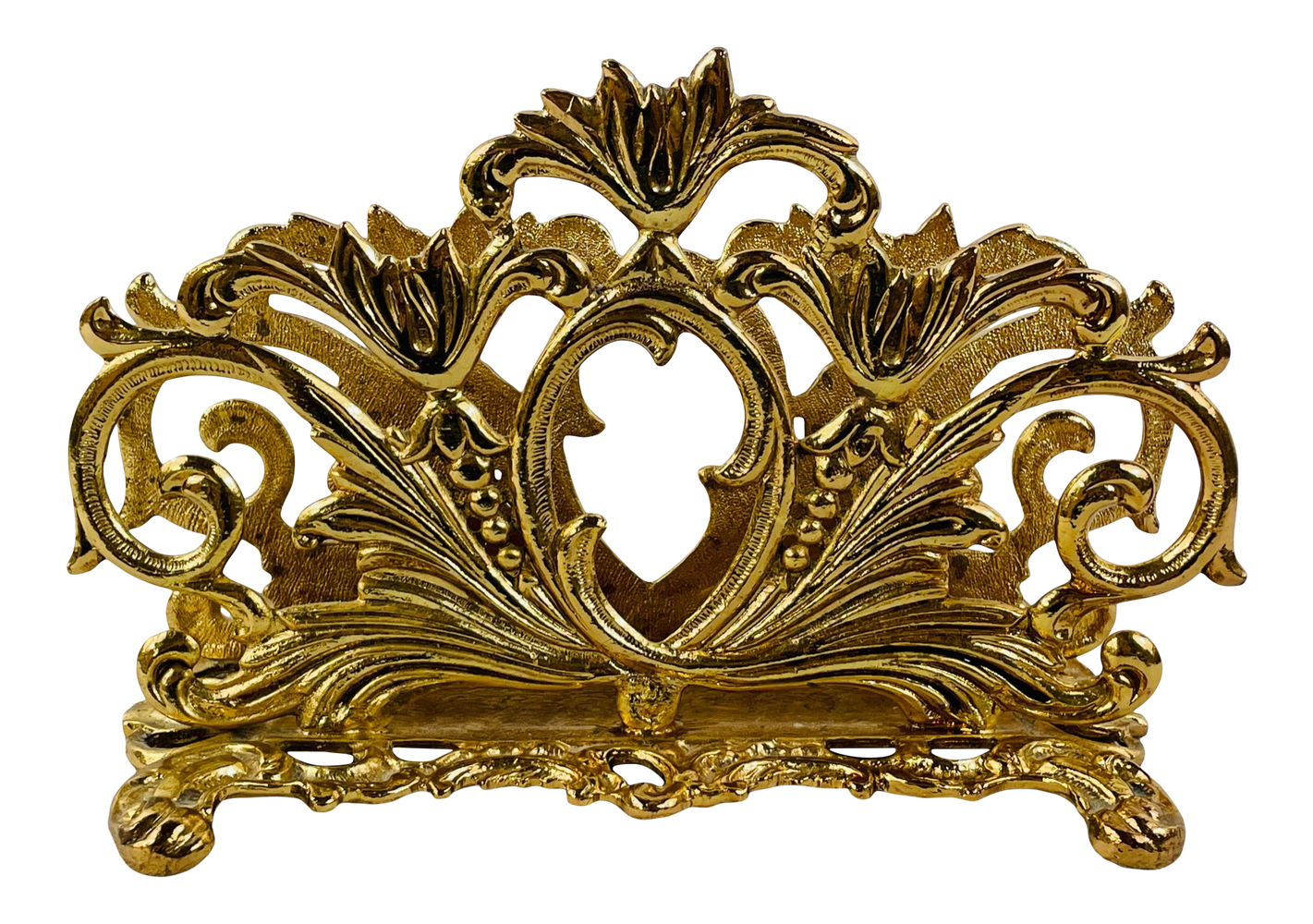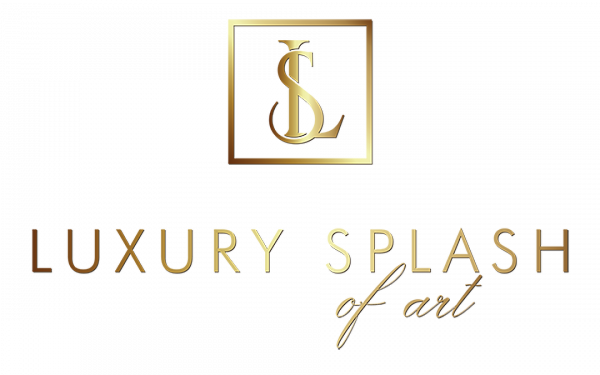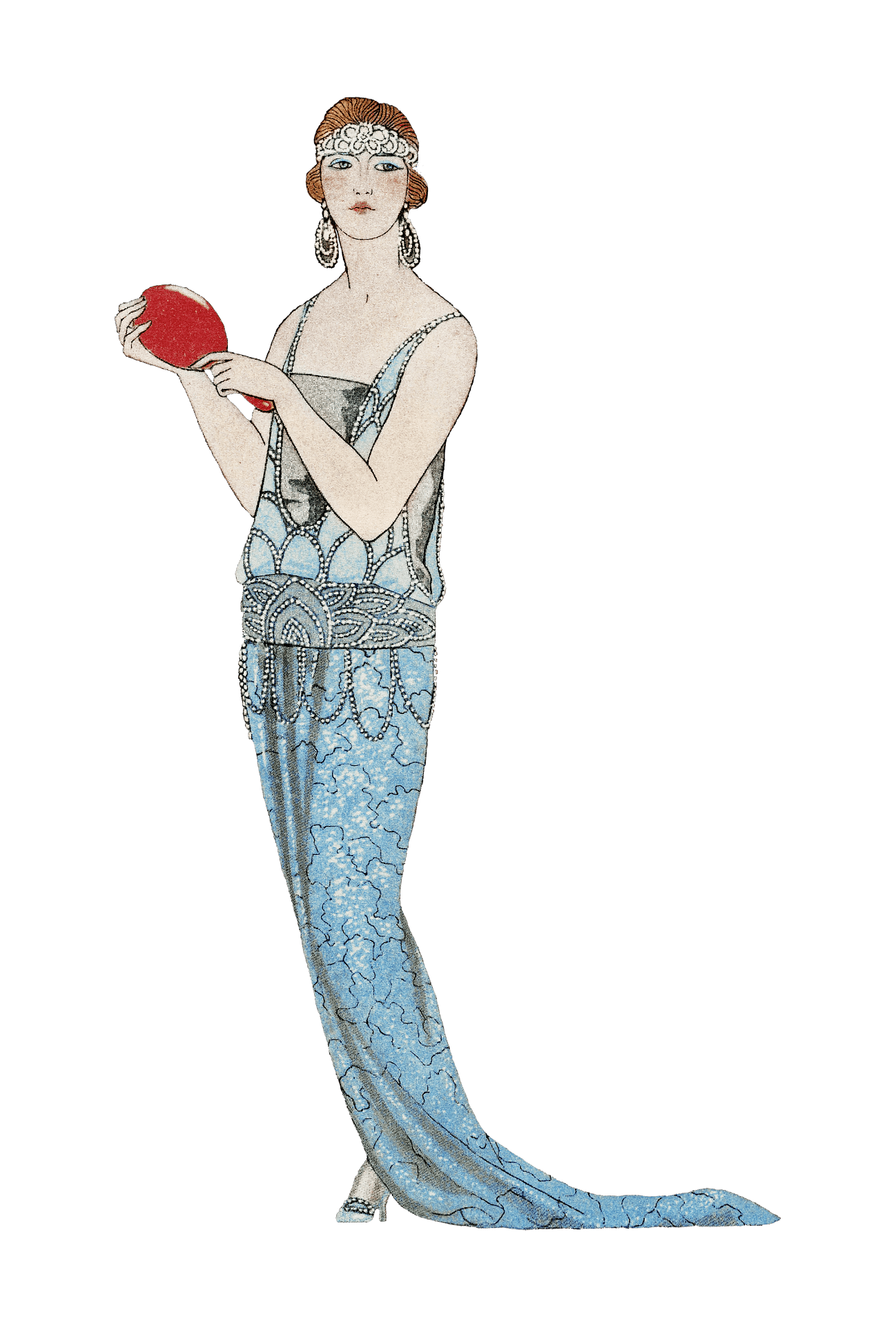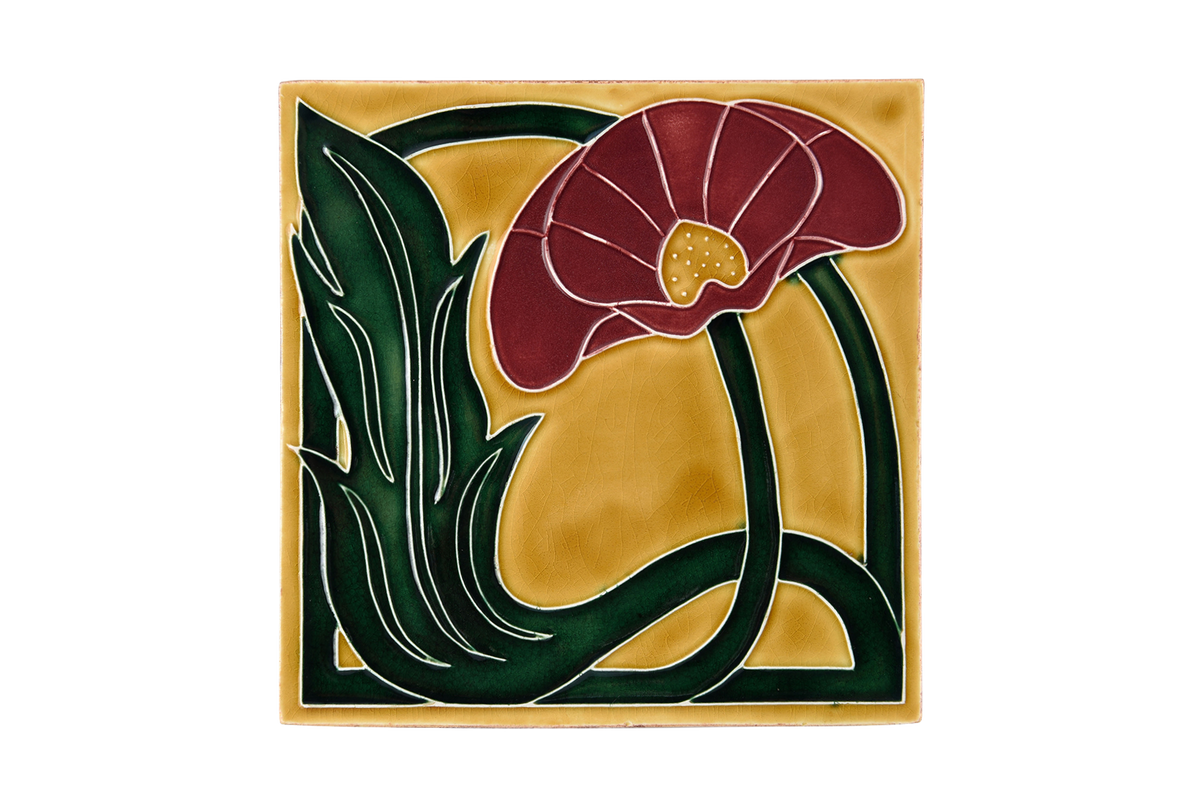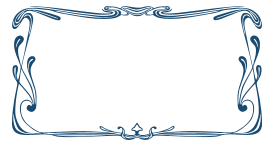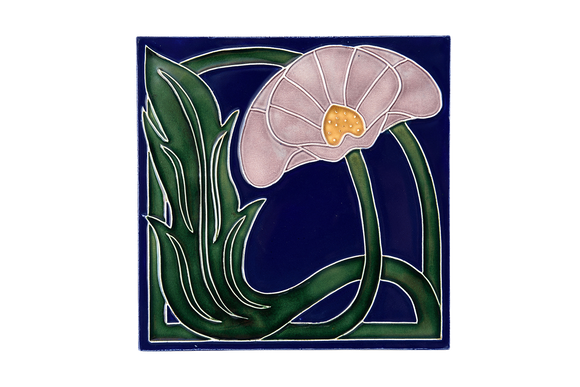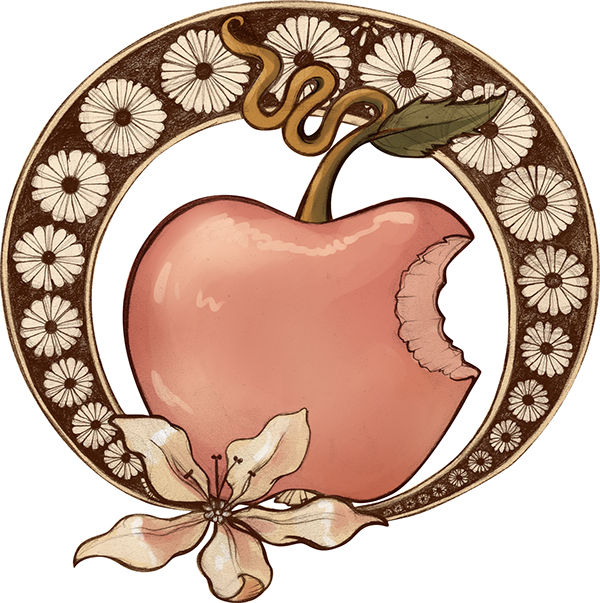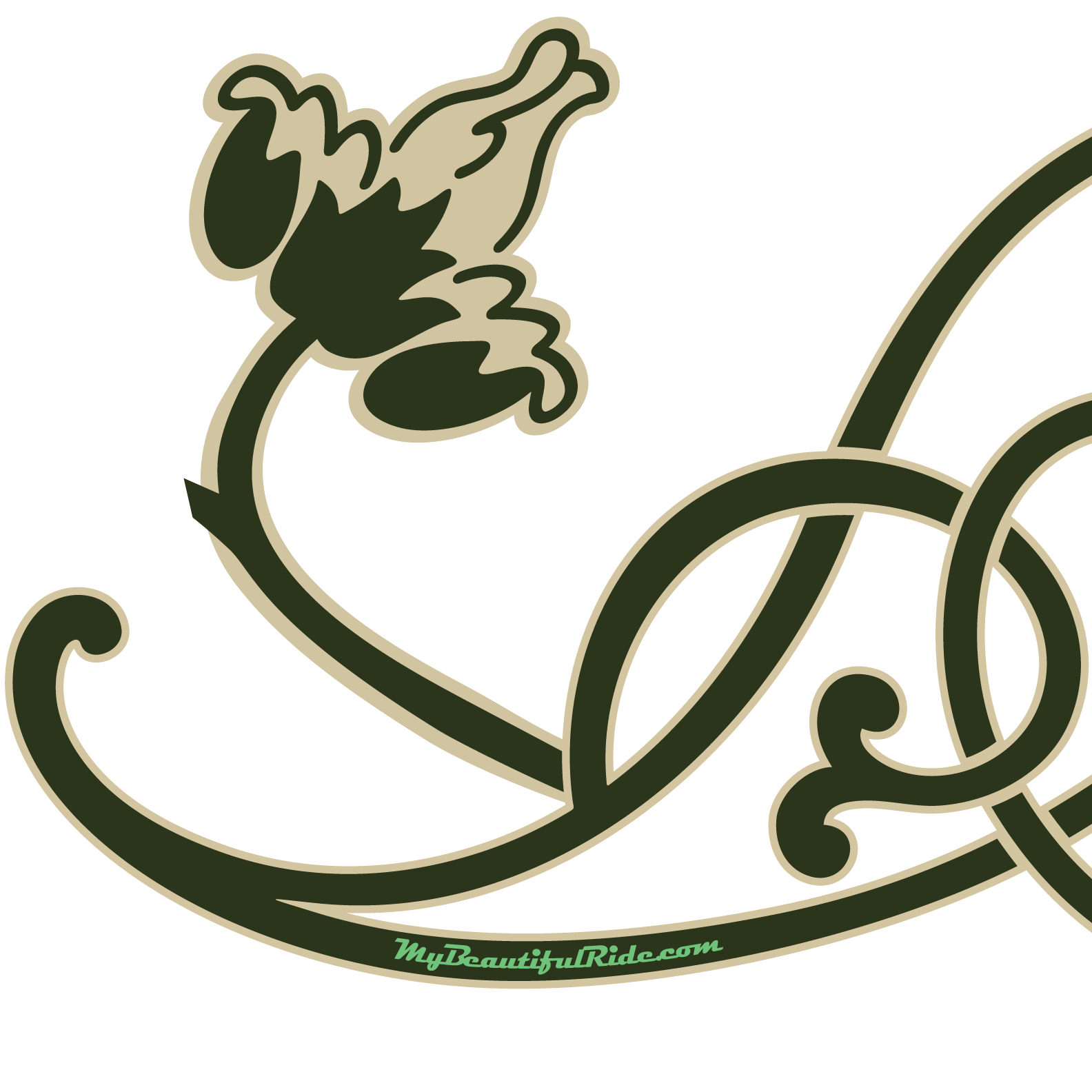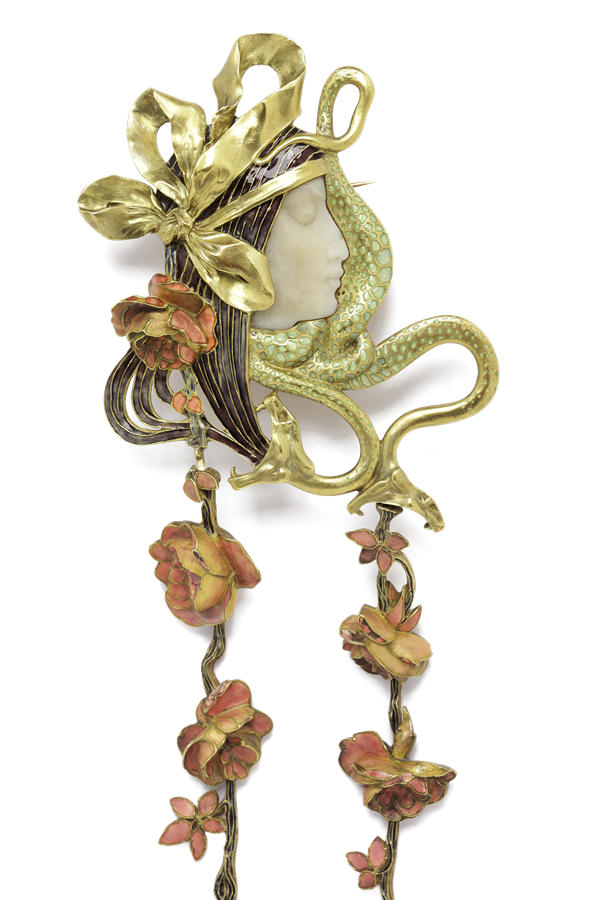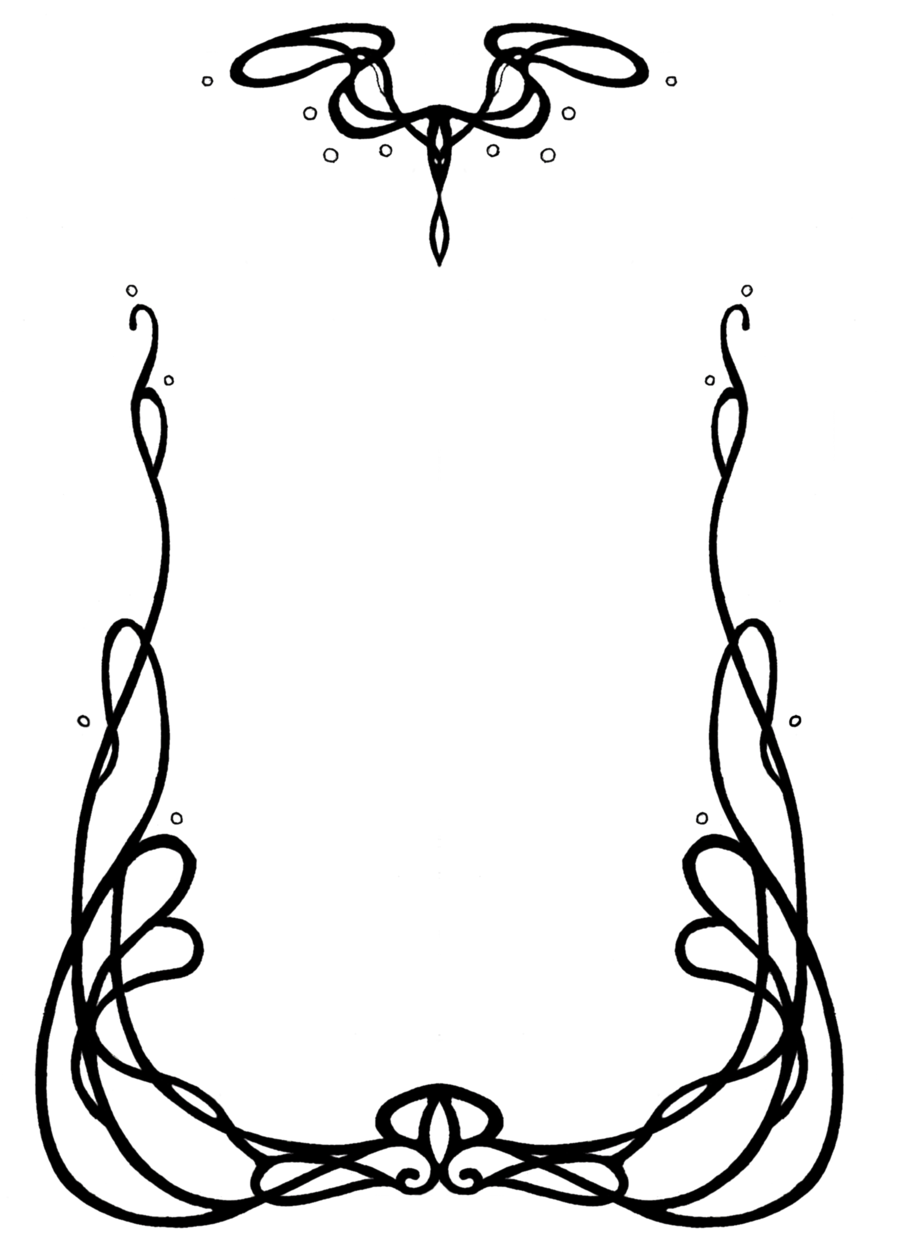Download top and best high-quality free Art Nouveau PNG Transparent Images backgrounds available in various sizes. To view the full PNG size resolution click on any of the below image thumbnail.
License Info: Creative Commons 4.0 BY-NC
An international style of art known as Art Nouveau is characterized by its use in ornamental arts, architecture, and applied art. The term “modern style” is also used to refer to the German Jugendstil, the Italian Stile Liberty, the Catalan Modernisme, and the Spanish Modernisme. It was a response to the academic art, eclecticism, and historicism of 19th century architecture and ornamentation, and it was popular from 1890 to 1910 during the Belle Époque period. It frequently drew inspiration from organic shapes like the flowing curves of plants and flowers. The use of contemporary materials, primarily iron, glass, ceramics, and later concrete, to produce unconventional shapes and bigger open spaces were other features of Art Nouveau. These included a sense of vitality and movement, frequently conveyed by asymmetry or whiplash lines.
The conventional division between fine arts (particularly painting and sculpture) and applied arts was one of the main goals of Art Nouveau. The fields of interior design, graphic arts, furniture, glass art, textiles, pottery, jewelry, and metal crafts saw the greatest use of it. Leading 19th-century theorists including British art critic John Ruskin and French architect Eugène-Emmanuel Viollet-le-Duc (1814″1879), (1819″1900). The Arts and Crafts movement and William Morris had an impact on it in Britain. In order to elevate and inspire the occupants, German architects and designers tried to create a spiritually uplifting Gesamtkunstwerk (or “whole work of art”) that would harmonize the interior architecture, furniture, and art in a single design.
In the 1890s, Victor Horta, Henry van de Velde, and notably Paul Hankar, whose Hôtel Tassel was finished in 1893, were responsible for the construction and interior design of the first Art Nouveau residences and interior decorating in Brussels. Horta’s design immediately made its way to Paris, where Hector Guimard adopted it for the new Paris Métro’s entrances after seeing it in Brussels. It peaked with the 1900 Paris International Exposition, when artists like Louis Tiffany debuted his Art Nouveau creations. It was used in graphic arts on Alphonse Mucha’s posters and on René Lalique and Émile Gallé’s glassware.
Art Nouveau originated in Belgium and France before spreading to the rest of Europe, where it developed its own titles and traits (see Naming section below). It frequently occurred in centers of independence movements, such as Turin and Palermo in Italy, Glasgow in Scotland, Munich, and Darmstadt in Germany, as well as in fast-growing towns that sought to build their own cultural identities (Helsinki in Finland, then part of the Russian Empire; Barcelona in Catalonia, Spain).
Art Nouveau had mostly run its course by 1914, when the First World War officially broke out. Art Deco and later Modernism succeeded it as the preeminent architectural and decorative art styles of the 1920s. With the opening of a significant Hector Guimard show at the Museum of Modern Art in 1970, the Art Nouveau style started to draw more favorable notice from reviewers in the late 1960s.
Download Art Nouveau PNG images transparent gallery
- Art Nouveau PNG
Resolution: 1421 × 1000
Size: 2033 KB
Image Format: .png
Download
- Art Nouveau Transparent
Resolution: 600 × 375
Size: 58 KB
Image Format: .png
Download
- Art Nouveau
Resolution: 671 × 1280
Size: 338 KB
Image Format: .png
Download
- Art Nouveau Background PNG
Resolution: 1471 × 750
Size: 61 KB
Image Format: .png
Download
- Art Nouveau No Background
Resolution: 600 × 600
Size: 113 KB
Image Format: .png
Download
- Art Nouveau PNG Background
Resolution: 1310 × 750
Size: 132 KB
Image Format: .png
Download
- Art Nouveau PNG Clipart
Resolution: 1298 × 1920
Size: 357 KB
Image Format: .png
Download
- Art Nouveau PNG Cutout
Resolution: 1200 × 801
Size: 903 KB
Image Format: .png
Download
- Art Nouveau PNG File
Resolution: 275 × 147
Size: 8 KB
Image Format: .png
Download
- Art Nouveau PNG Free Image
Resolution: 580 × 387
Size: 236 KB
Image Format: .png
Download
- Art Nouveau PNG HD Image
Resolution: 1280 × 352
Size: 49 KB
Image Format: .png
Download
- Art Nouveau PNG Image File
Resolution: 852 × 1233
Size: 197 KB
Image Format: .png
Download
- Art Nouveau PNG Image HD
Resolution: 640 × 1280
Size: 111 KB
Image Format: .png
Download
- Art Nouveau PNG Image
Resolution: 798 × 800
Size: 159 KB
Image Format: .png
Download
- Art Nouveau PNG Images HD
Resolution: 600 × 603
Size: 576 KB
Image Format: .png
Download
- Art Nouveau PNG Images
Resolution: 700 × 282
Size: 39 KB
Image Format: .png
Download
- Art Nouveau PNG Photo
Resolution: 793 × 800
Size: 135 KB
Image Format: .png
Download
- Art Nouveau PNG Photos
Resolution: 1584 × 1584
Size: 147 KB
Image Format: .png
Download
- Art Nouveau PNG Pic
Resolution: 595 × 900
Size: 466 KB
Image Format: .png
Download
- Art Nouveau PNG Picture
Resolution: 900 × 1238
Size: 243 KB
Image Format: .png
Download
